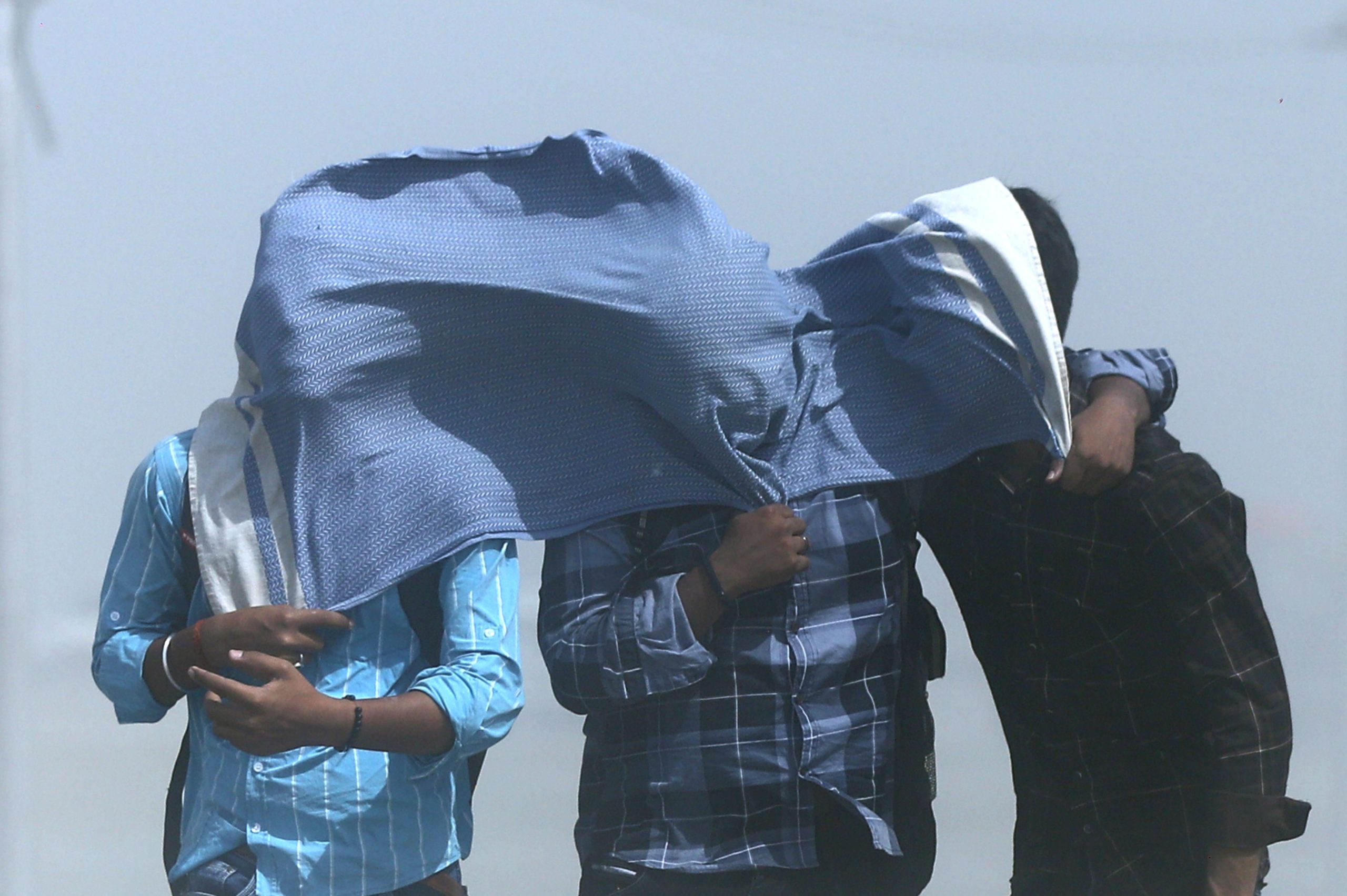
As India faces rising temperatures and more frequent heatwaves, the country’s battle with extreme heat has become one of its most pressing climate challenges. From urban neighbourhoods to rural farmlands, heat is now a cross-cutting risk — affecting health, livelihoods, energy demand, and ecosystems alike.
Recent years have seen record-breaking heatwaves arriving earlier in the season, lasting longer, and impacting regions once considered temperate. The India Meteorological Department (IMD) has noted an increase in both the intensity and duration of heat spells across central and northern India. The human and economic costs are mounting: workers face lost income, agricultural yields decline, and heat-related illnesses strain local health systems.
Amid these challenges, Indian organisations, researchers, and communities are advancing knowledge and action on how to live with — and adapt to — extreme heat. The following resources, curated by Rohini Nilenkani Philanthropies, capture insights, data, and local solutions shaping India’s heat resilience landscape.
Local Action and Data-Driven Planning
The Council on Energy, Environment and Water (CEEW) has been at the forefront of mapping India’s heat risks and highlighting community responses. Its publication, India’s Heatwave Heroes: Local Solutions in a Hotter World, features stories of innovation from across India — from climate-resilient agriculture to neighbourhood-level cooling interventions.
In How Extreme Heat is Impacting India: Assessing District-level Heat Risk, CEEW provides a data-backed analysis identifying the most vulnerable districts and population groups. These findings help guide targeted investments and policy interventions for local governments and development planners.
Urban Adaptation and Public Infrastructure
The Indian Institute for Human Settlements (IIHS) offers a regional perspective through Facing a Familiar Foe: Adapting to Heat in South Asia, which explores how cities can integrate heat adaptation into urban planning, public health, and governance frameworks.
The Sustainable Futures Collaborative (SFC) expands on this through its Community of Practice for Extreme Heat Management in Public Transport Systems. The guidance document outlines practical steps for city agencies and transport operators to safeguard commuters and workers from heat exposure. Listen to a podcast on The Big India Melt: From Heat Stress to the Politics of Shade here.
Health, Work, and Communication
Extreme heat affects everyone, but its impact is most severe on informal workers, farmers, and low-income households. The Prayas (Energy Group) report Beyond Strokes: How Dangerous is Extreme Heat? highlights the public health implications of heatwaves, urging greater awareness and institutional preparedness.
Cooling for All
Globally, the Rocky Mountain Institute (RMI)’s Beating the Heat: A Sustainable Cooling Handbook for Cities provides a framework for cooling strategies that are equitable, energy-efficient, and sustainable — a useful guide for Indian cities seeking to design climate-smart infrastructure.
India’s response to extreme heat will define how its cities and communities adapt to a changing climate. These resources collectively highlight that resilience is not only about technology — it is about governance, inclusion, and communication. Strengthening local capacity, improving early warning systems, and sharing practical knowledge can help India stay cool, safely and sustainably.
Explore the Resources
1. Council on Energy, Environment and Water (CEEW)
2. Institute of Social Studies Trust (ISST)
3. Indian Institute for Human Settlements (IIHS)
4. Asar Social Impact Advisors
5. Sustainable Futures Collaborative (SFC)
6. Prayas (Energy Group)
7. Rocky Mountain Institute (RMI)




